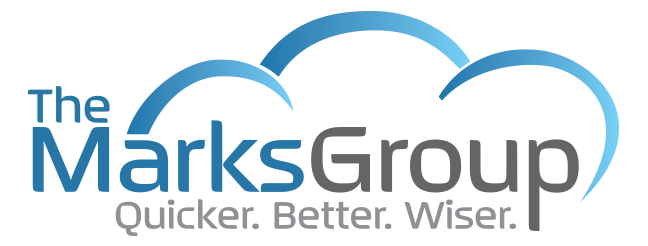Savvier Zoho CRM users who create custom fields should also know about Lead Conversion Mapping! W hen you create a custom field in the Lead module you have the option to create the identical field in the Accounts Contacts and/or Potential Module at the same time. In the field creation pop-up click the down arrow next to “Also create for” to view the checkboxes and select the ones you want. When you save the new field in the Lead module identical fields will be created in the selected modules and automatically mapped back to the Lead field.
hen you create a custom field in the Lead module you have the option to create the identical field in the Accounts Contacts and/or Potential Module at the same time. In the field creation pop-up click the down arrow next to “Also create for” to view the checkboxes and select the ones you want. When you save the new field in the Lead module identical fields will be created in the selected modules and automatically mapped back to the Lead field.
What if you didn’t create your fields this way? How do you map custom fields between these four modules to flow custom information from the Lead into the other three on conversion? The answer is Lead Conversion Mapping.
- Setup->Customization->Modules
- Hover over Leads and click … to display the menu
- Select Lead Conversion Mapping to view the mapping table.
- Next to the Lead field to be mapped, you can select to target fields in each of the three modules
- NOTE – fields must be of the same type to map!


















